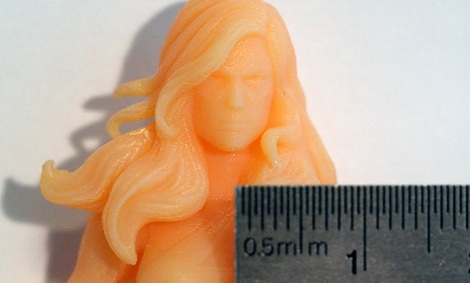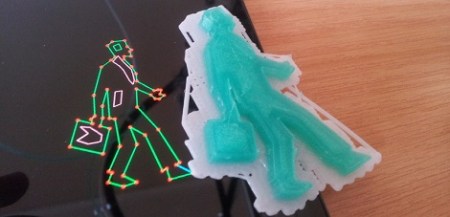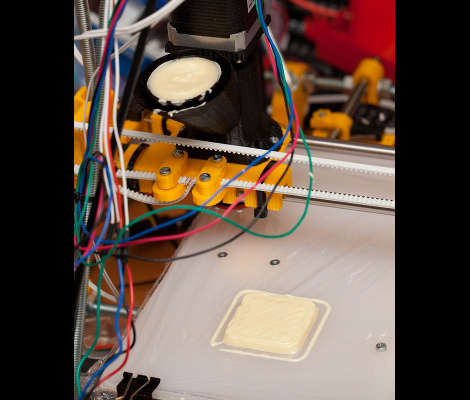
It looks like 2012 is shaping up to be the year of the resin-based 3D printer. The latest comes from [Michael Joyce] and is called the B9Creator. Like other resin printers, [Michael] used a DLP projector to cure the print one layer at a time. The layer height is on the order of 100 microns – crazy for a kit-based printer.
There is a Kickstarter for the B9Creator where kits are available for $2400 USD. Everything is included in this kit, including the DLP projector and a kilogram of resin. $2400 is much more expensive than even the fanciest melted-plastic 3D printer such as a Makerbot or RepRap, but that’s the price you pay for high-quality prints.
Of course this project comes a month after an earlier, similar, and shadier project called the Veloso 3D printer. The B9Creator promises to be open source once all the Kickstarter machines are shipped out, and [Michael] is very open about his designs and his resin formula – an admirable quality in a maker.
You can check out a load of videos of the B9Creater we found after the break.
Continue reading “And So The Deluge Of Resin-based 3D Printers Begins”

















